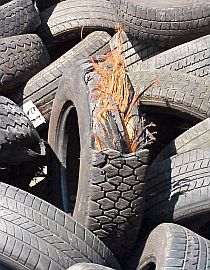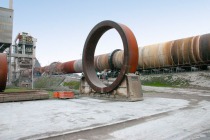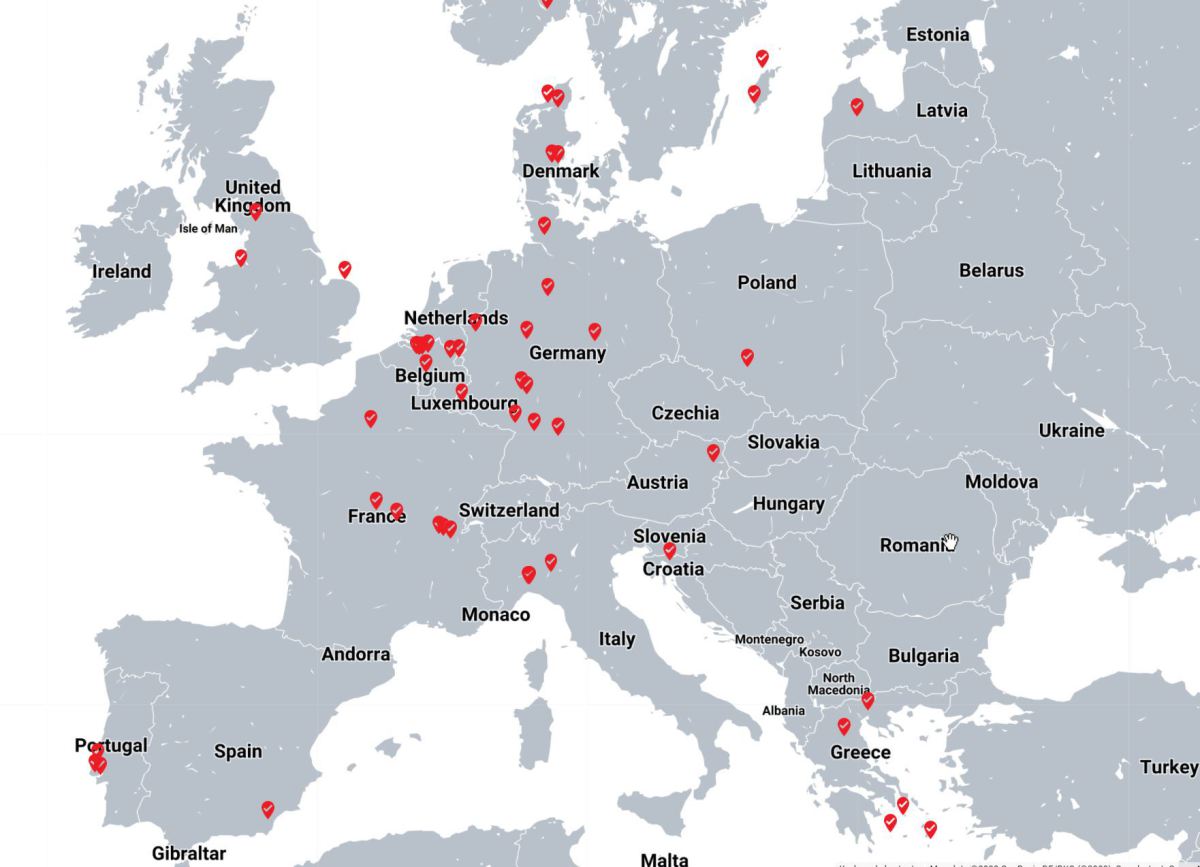From crisp packets to concrete buildings: the European cement industry demonstrates how everyday waste fuels cement manufacturing
10.07.2019Cembureau, the European Cement Association, is calling on EU member states to take action and promote the reuse of waste as a fuel for cement manufacturing. The call was made during an event Cembureau hosted during EU Green Week on 16.05.2019. This year’s EU Green Week from 13.05.-17.05.2019 focused on the proper implementation and impact of EU environmental laws.
During the event, entitled Sustainable Solutions: How cement helps recycle everyday waste, participants were shown how their everyday waste can reduce fossil fuel use in the cement industry and also become a raw material during its cement manufacturing process. Through co-processing, waste like crisps packets and used tyres can be reused as an alternative fuel and raw material while avoiding landfill and incineration.
Cembureau Chief Executive Koen Coppenholle outlined how there is still much untapped potential in co-processing across Europe. “Currently, the European cement industry sources an average of 44 % of its fuel from alternative sources”, he said. “However, there is no technological limitation for the cement sector to reach a 60 % co-processing rate in 2030 and it could process 15.7 Mt of waste. We believe that the EU and member states can help bring this about by introducing legislation to promote co-processing and recognising its place in a revised waste hierarchy within national waste framework laws.”
The volume of alternative fuel use by the European cement industry has increased 10 times from 1.1 Mt to 1.3 Mt since 1990 which has resulted in fewer CO2 emissions, less virgin fossil fuel use and diverted waste away from landfills.
Increasing the use of alternative fuels is just one measure the European cement industry is taking to reduce its environmental impact. The sector is also innovating in its production processes and working with researchers and the European Commission to examine ways of bringing revolutionary technologies like carbon capture and storage (CCS) to commercial viability. Together, they could see the sector’s emissions reduced by 80 % by 2050 compared to 1990 levels.
Koen Coppenholle concluded that, “this EU Green Week has demonstrated how the European cement industry can be at the heart of the circular economy and adds to our wider efforts in enhancing our sustainability and helping to achieve the EU’s ambitious plans for a low carbon Europe by 2050.”




